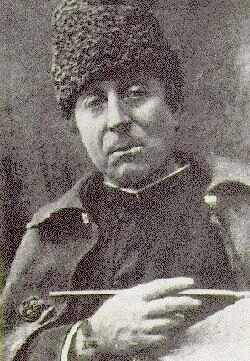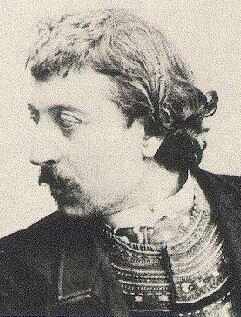

|
|
Paul Gauguin stands out as one of the most important painters in the late 19th century. He also plays a pivotal role in the story of Vincent van Gogh.
Vincent met Gauguin while living with his brother, Theo, in Paris. Gauguin, and many of the other painters who moved in the same circles, would have a great influence on Vincent's approach to painting.
Not long after moving to Arles in early 1888, Theo would write to Vincent telling him that Gauguin was ill, in debt and depressed. Vincent invited Gauguin to join him in Arles in the hopes of forming a retreat--a sort of artists community in the south of France.
Gauguin eventually arrived in Arles in October, 1888 and moved in with Vincent into his "Yellow House". The two painters enjoyed a reasonably good relationship in the first few weeks, but soon their personalities and different approaches to painting drove them further and further apart. They often had violent quarrels and this may have played an important role in the rapidly downward spiral of Vincent's mental state.
On 23 December 1888 Gauguin describes Vincent attacking him with a razor. There is little evidence to support this, given that Gauguin was well known for his exaggerations and half-truths. That same night Vincent cut off part of his left ear and was later hospitalized. Gauguin sent for Theo and immediately left Arles. Gauguin and Vincent never saw each other again.
Many people view Gauguin as playing the role of the "villain" in the last years of Vincent's life. Gauguin was moody, argumentative and self-centred (some might argue that Vincent also shared these qualities). Gauguin was also dependent upon Theo's financial support and, when Vincent mutilated himself and was in clear need of help and sympathy, Gauguin left Arles, never to see Vincent again.
Whether a colleague, a friend, a rival or a threat (or perhaps all of these together) the importance of Paul Gauguin's role in Vincent's life cannot be underestimated.